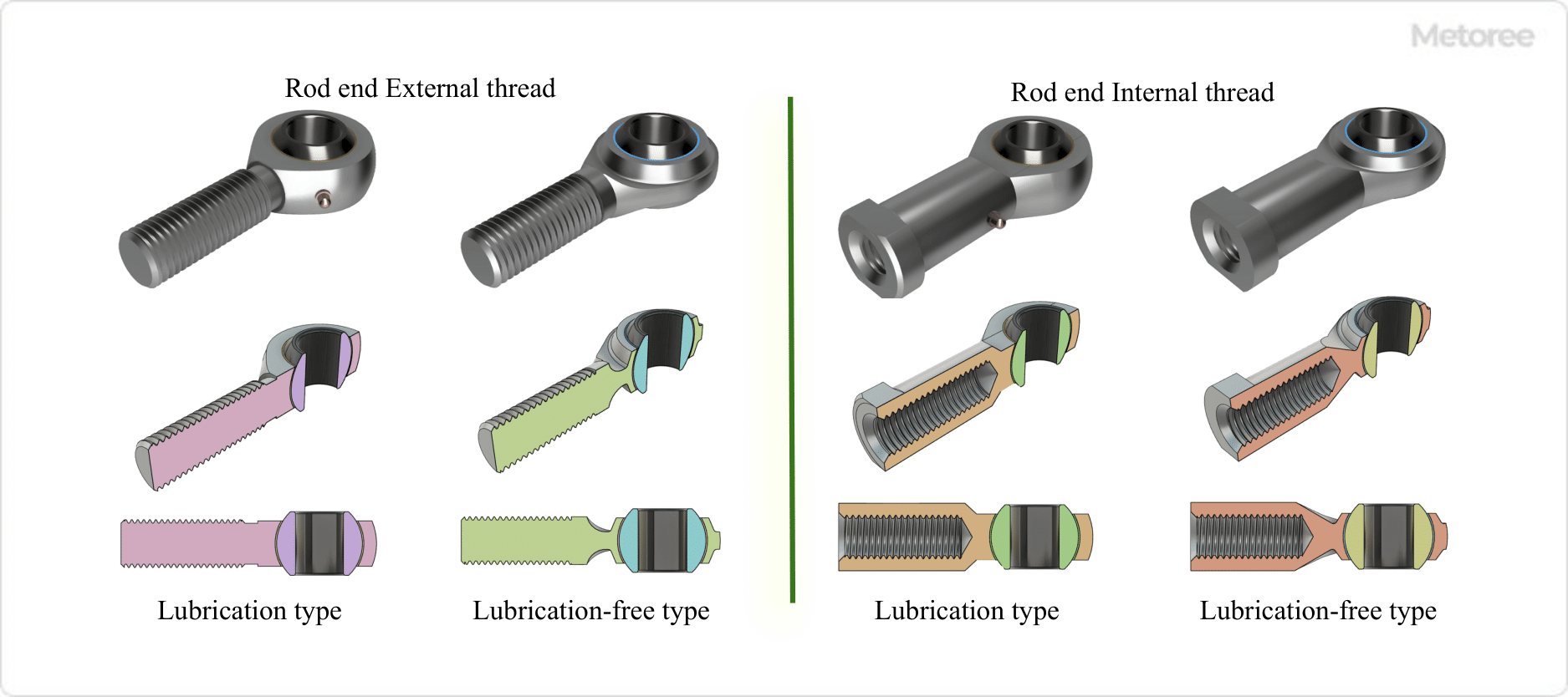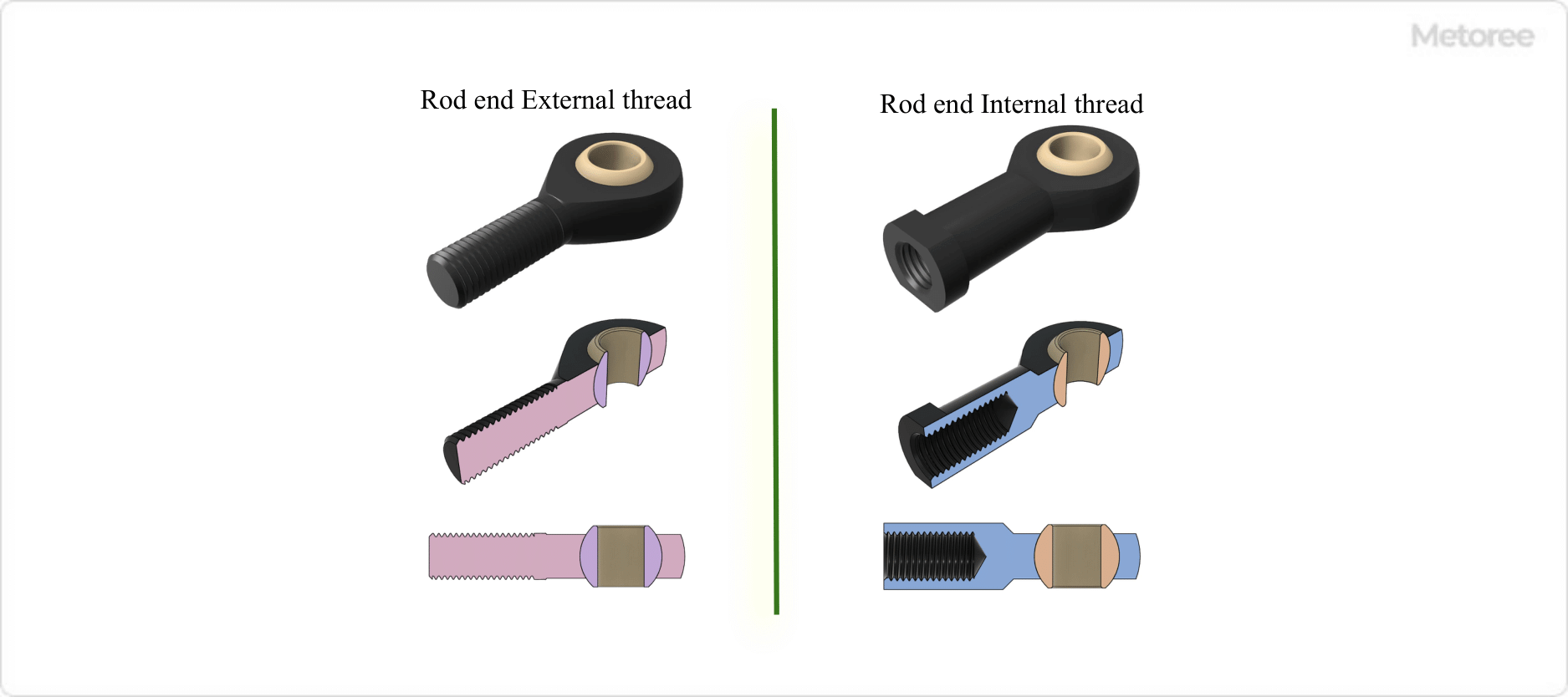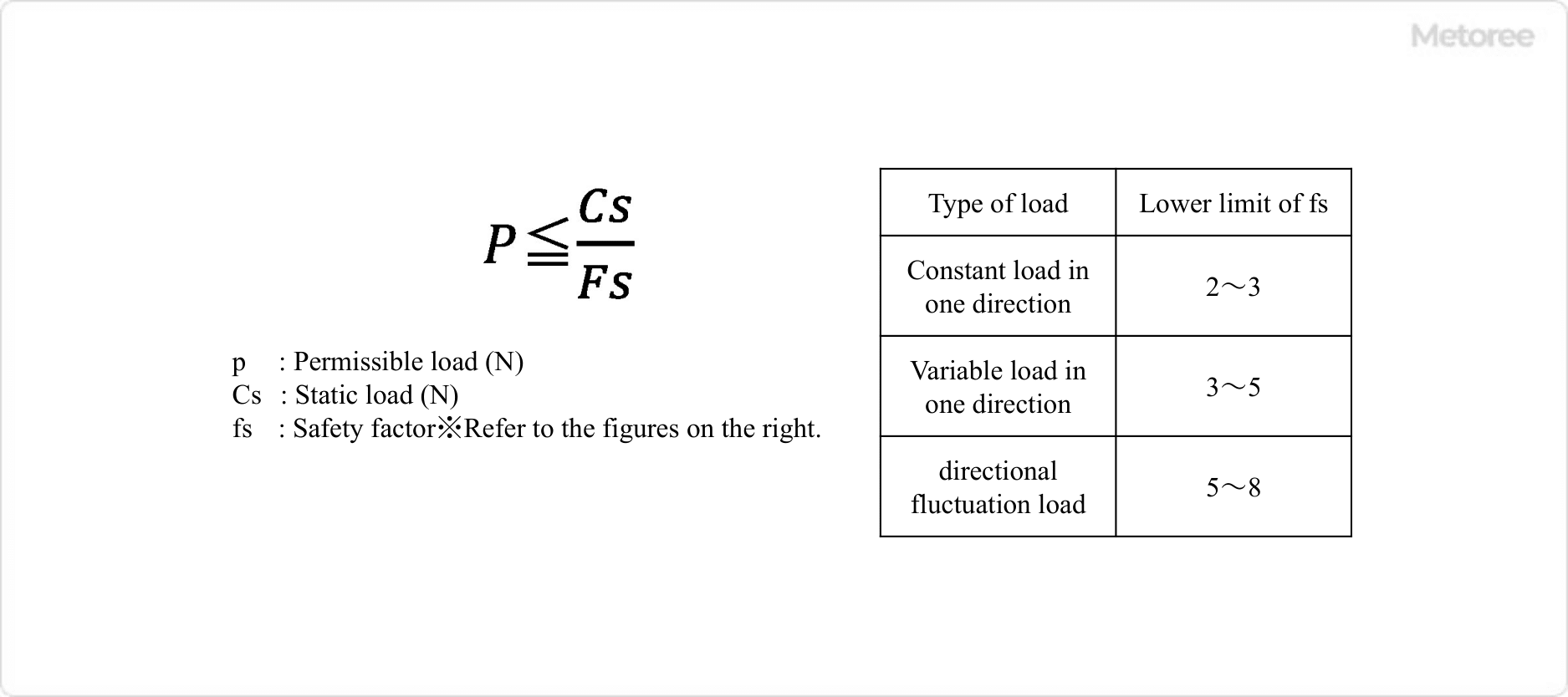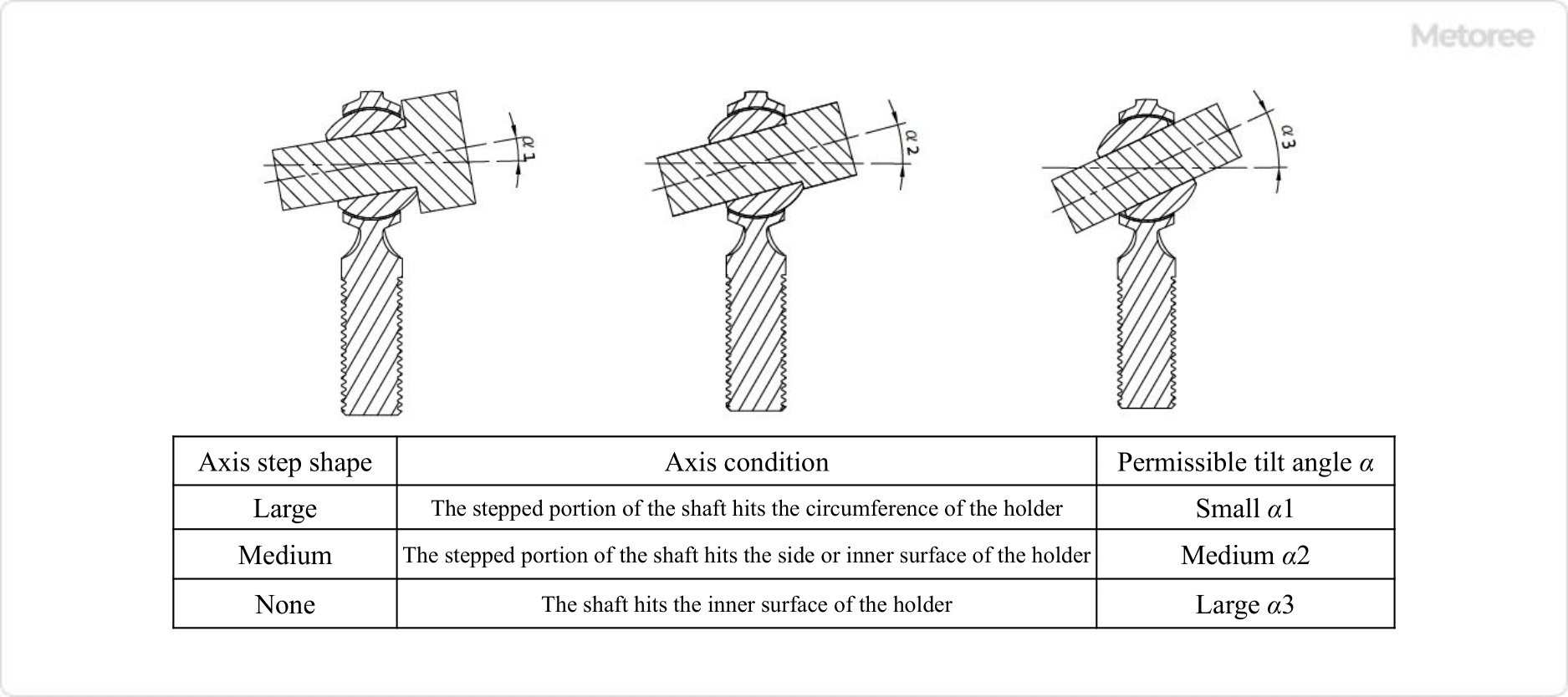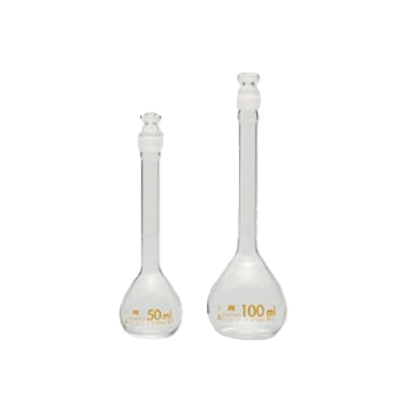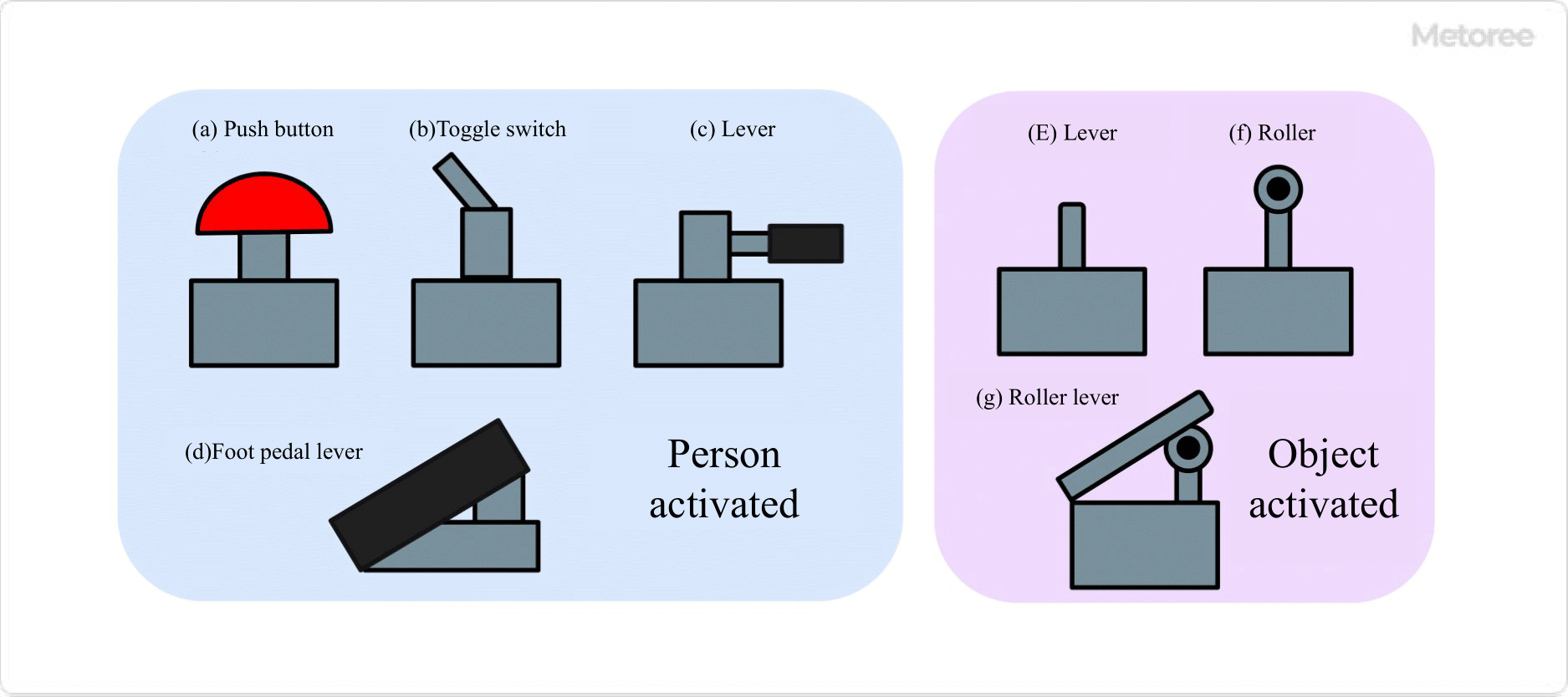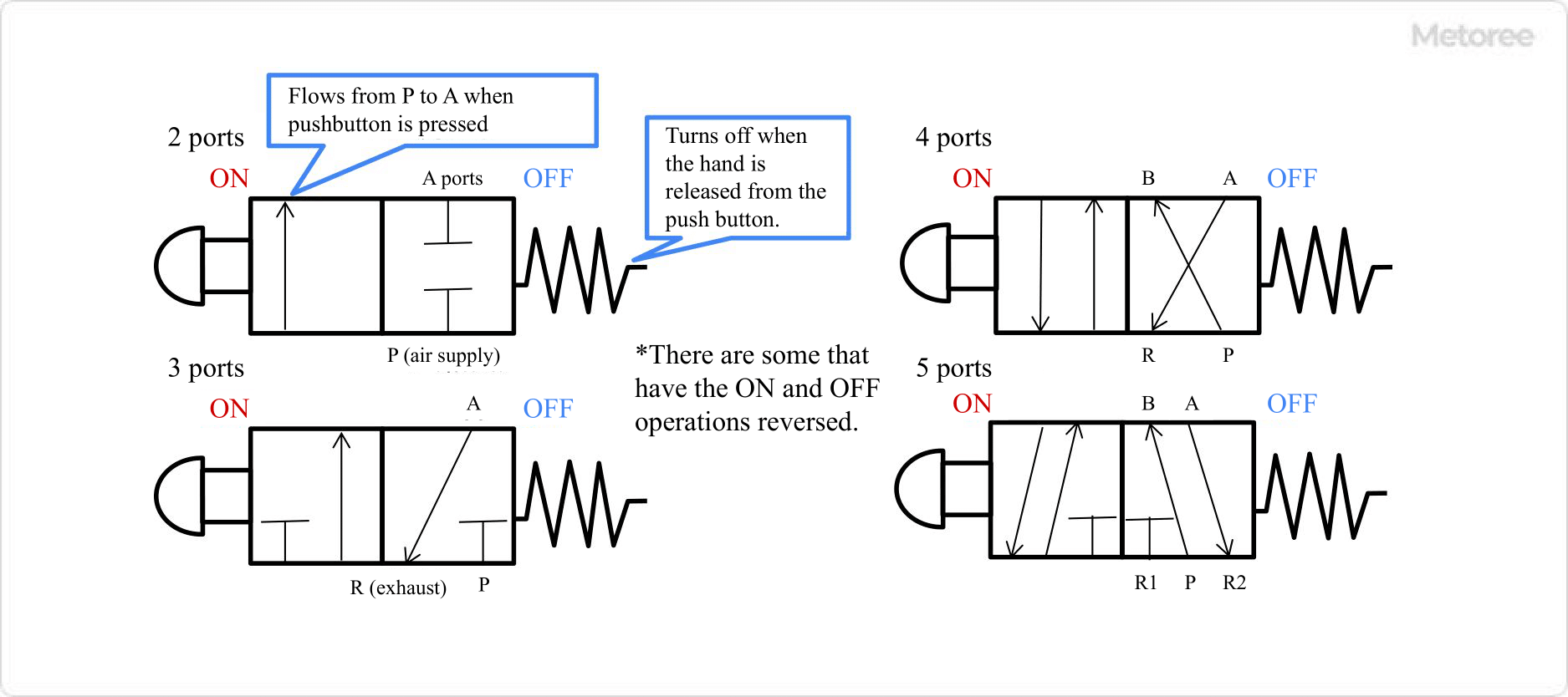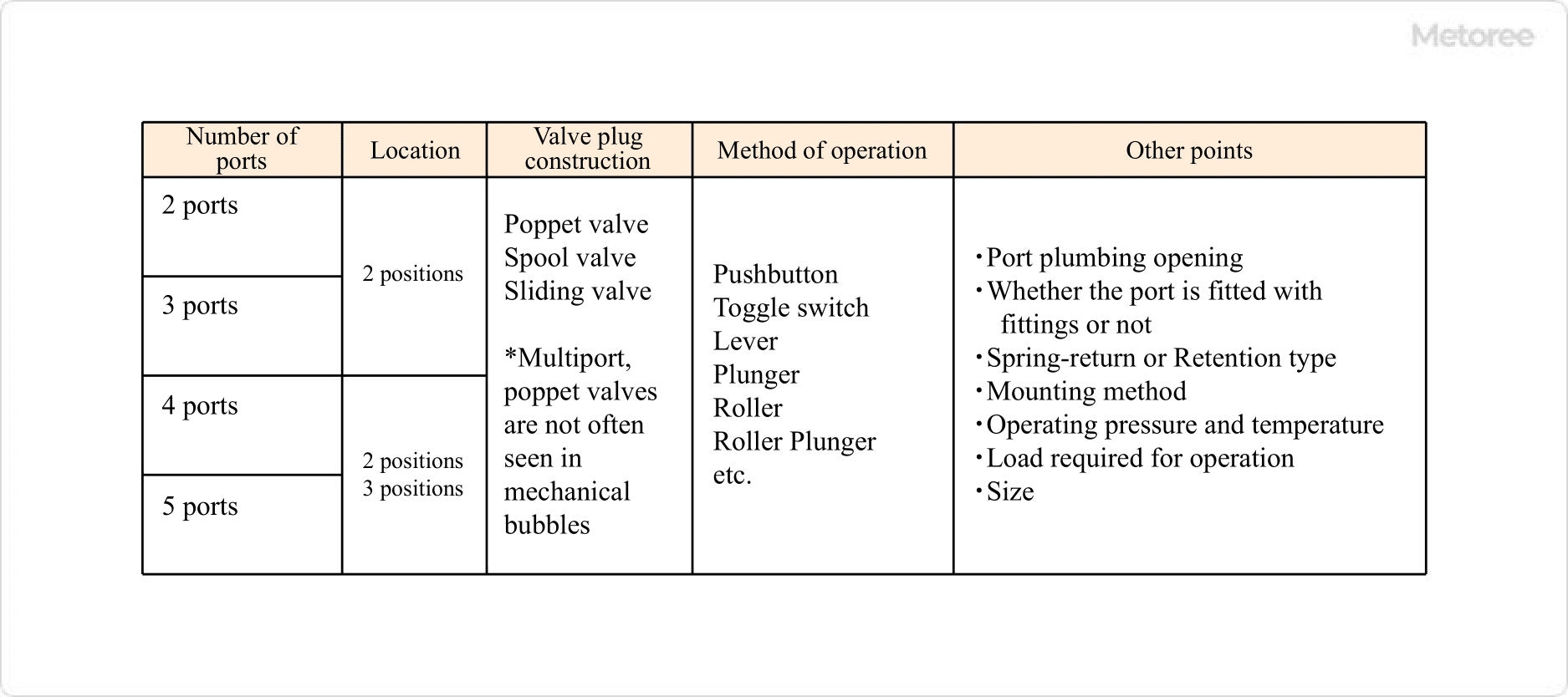What Is an Antistatic Agent?
Antistatic Agents are applied or kneaded into equipment, clothing, or other objects to prevent them from becoming charged with static electricity.
When static electricity is generated, the object collects dust and dirt from the air and deposits them, or causes static electricity to discharge, damaging semiconductor components in the equipment. In the worst case scenario, the object may catch fire, resulting in a fire.
Antistatic Agents are used to avoid various problems caused by static electricity.
Uses of Antistatic Agents
Antistatic Agents are used for two purposes: to prevent static electricity generation in finished products and to prevent problems caused by static electricity generation in the production process of industrial products.
1. Prevention of Static Electricity Generation in Products
- Preventing dust from adhering to furniture and clothing and preventing static electricity
- Preventing dust from adhering to home appliances and electronic equipment, and preventing damage and malfunctions caused by static electricity
- Preventing static electricity from adhering to plastic parts of cars, interior linings, engine covers, and intake parts inside air intake boxes.
- Prevention of static electricity on electronic equipment carrying cases and cushioning materials
- Prevention of adhesion of films, etc.
- Prevention of powder adhesion to bags containing powder
2. Prevention of Static Electricity Generation in Production Processes
- Prevention of static electricity generation in spinning, stretching, and spinning processes in the textile manufacturing process
- Prevention of films from sticking to each other in the film manufacturing process
Principle of Antistatic Agent
Antistatic Agents are applied to plastics or kneaded into them to improve their ion conductivity. This is because improved ion conductivity reduces the generation of static electricity.
Although spray-type Antistatic Agents are generally well known, detergents containing surfactants are another type of Antistatic Agent. Surfactants are used in household clothing detergents. Therefore, after washing, the clothes are less likely to generate static electricity.
Antistatic Agents are available in a variety of types to suit the equipment and clothing to be handled.
Other Information on Antistatic Agents
1. Antistatic Agents for Clothing
For clothing worn on a daily basis, detergents and fabric softeners containing surfactants play the role of Antistatic Agents. There are four types of surfactants: nonionic surfactants, anionic surfactants, cationic surfactants, and amphoteric surfactants. Of these, the surfactant most often used in Antistatic Agent applications is the cationic surfactant.
Cationic surfactants are surfactants that ionize into positive ions in solution. It is often used as the main ingredient in fabric softeners. When laundry containing fabric softener is dried, the frictional resistance of the fiber surface decreases, thereby reducing the generation of static electricity.
In addition, surfactants improve the hydrophilicity of the garment surface, making it easier for water molecules to bind strongly to it as well. Even if static electricity is generated, it can flow through water molecules, preventing static buildup.
2. Precautions When Applying Antistatic Agent to Acrylic Sheets
Acrylic sheets are materials that easily generates static electricity. Especially in winter, when static electricity is easily generated, dust and debris often adhere to products made of acrylic sheets and are difficult to remove.
One way to prevent the generation of static electricity is to spray a water solution containing an Antistatic Agent. Remove large dust and debris first, then apply an appropriate amount of spray and wipe off with a soft cloth.
Some sprays containing Antistatic Agents can damage acrylic panels. When purchasing, it is necessary to confirm that the product can be used on acrylic panels.
3. Antistatic Measures at Production Sites
Antistatic Agents are used to prevent the generation of static electricity, but static electricity is a serious problem in factories. Products containing electronic components may be destroyed by static electricity, for example, if some of the components on the internal circuit board are destroyed.
To avoid such a situation, efforts are being made to prevent the generation of static electricity.
Humidity Control
The humidity in a factory can be set to a high level to maintain a constant humidity level in the factory and reduce the electrical resistance of surfaces of equipment.
Static Eliminator Rod
Arcing metal rods are placed at various locations, and workers can touch them to release static electricity charged on them.
Conductive mats
By placing conductive mats, even if workers are charged, static electricity can be dissipated to ground through the conductive mats. If necessary, use antistatic sprays on products, sliding parts, and other areas prone to static electricity to prevent static electricity generation.
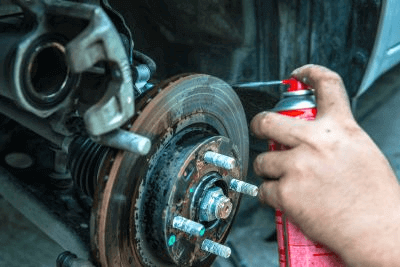
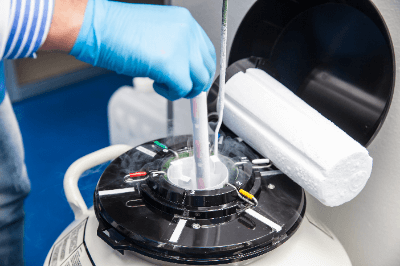 A liquid nitrogen container is a container used for storing, preserving, and transporting liquid nitrogen. Liquid nitrogen is nitrogen in liquid form at temperatures below -196°C and is mainly used to cool objects.
A liquid nitrogen container is a container used for storing, preserving, and transporting liquid nitrogen. Liquid nitrogen is nitrogen in liquid form at temperatures below -196°C and is mainly used to cool objects. 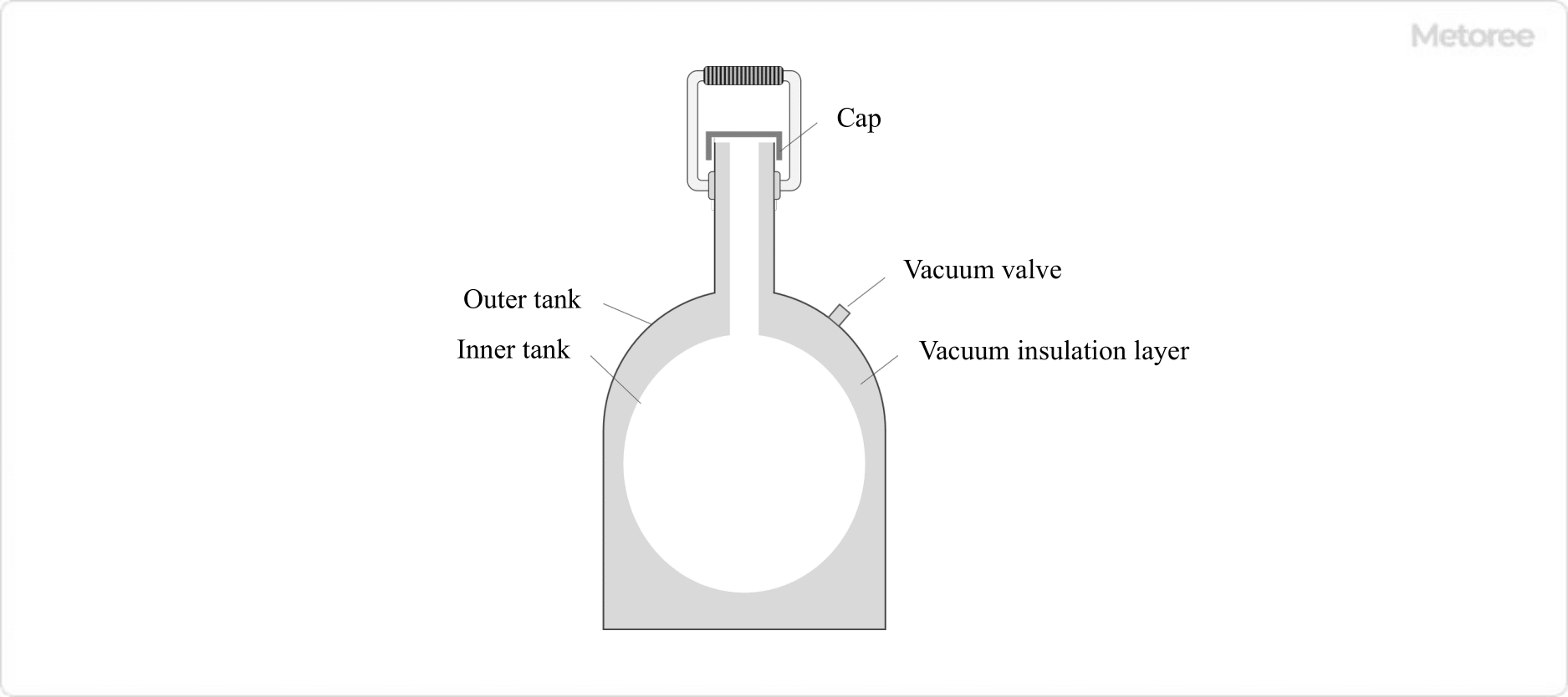
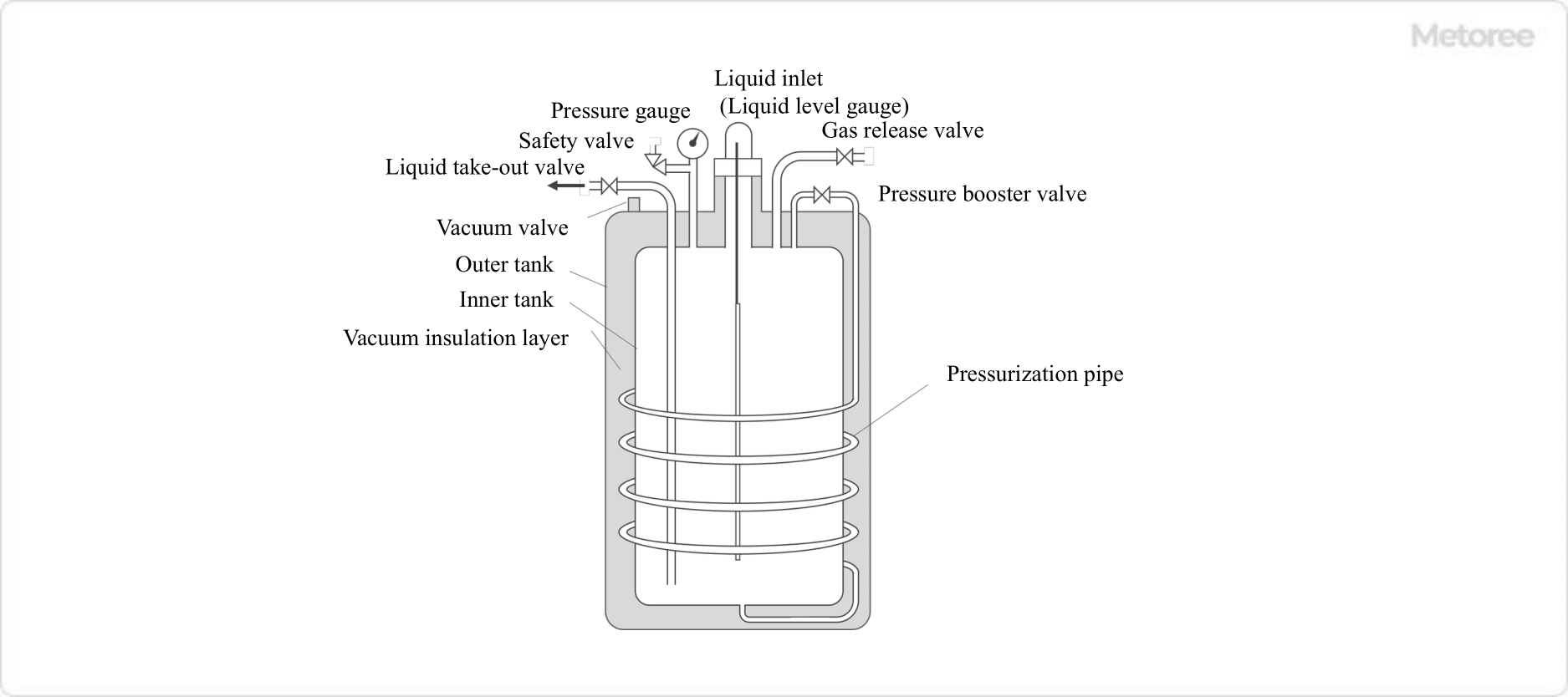
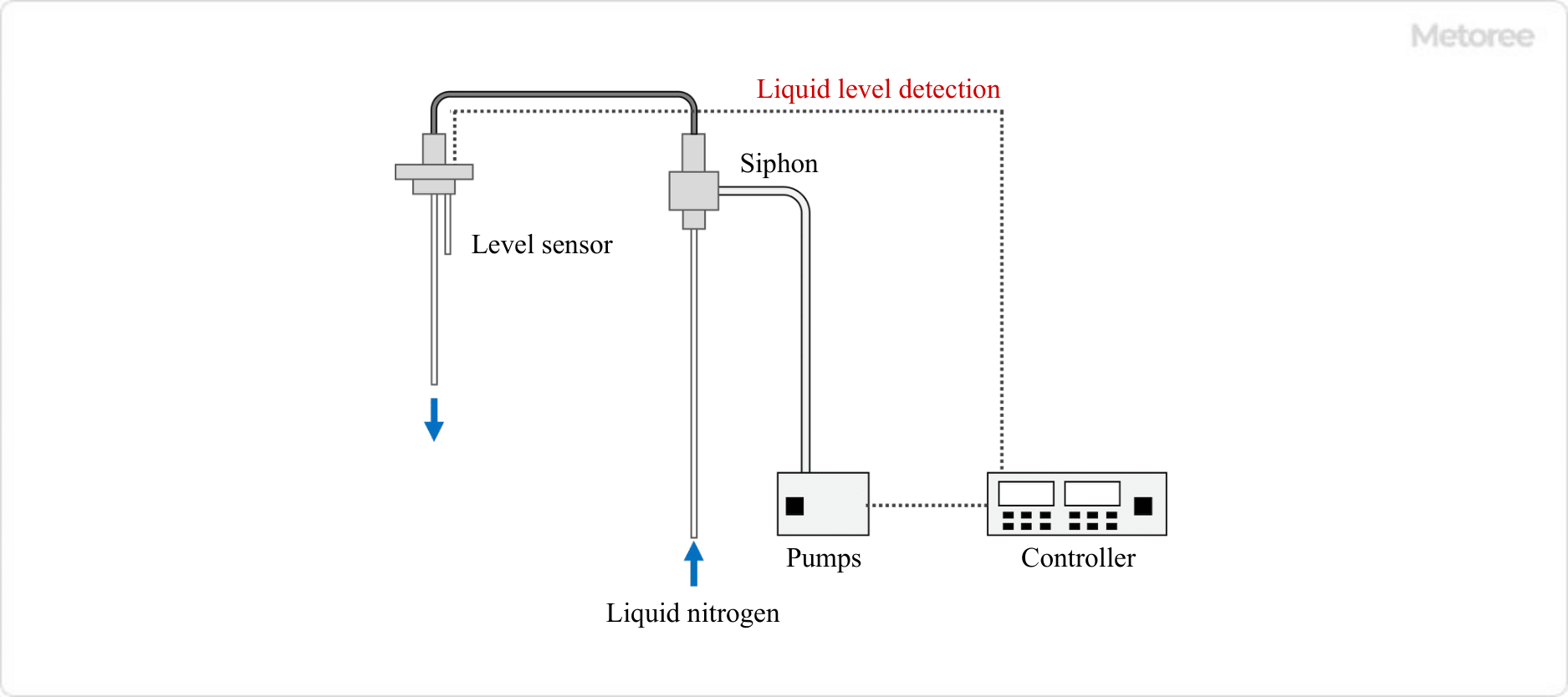
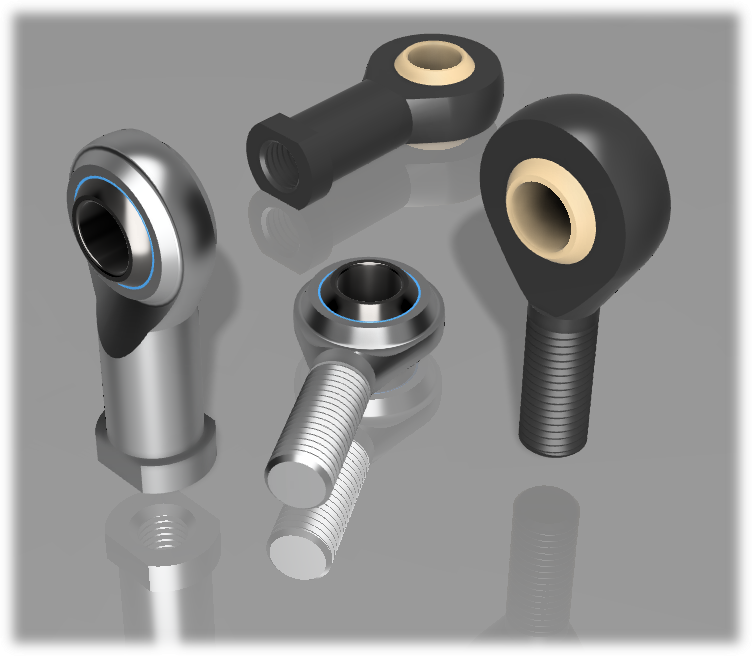 A rod end is a type of
A rod end is a type of 

